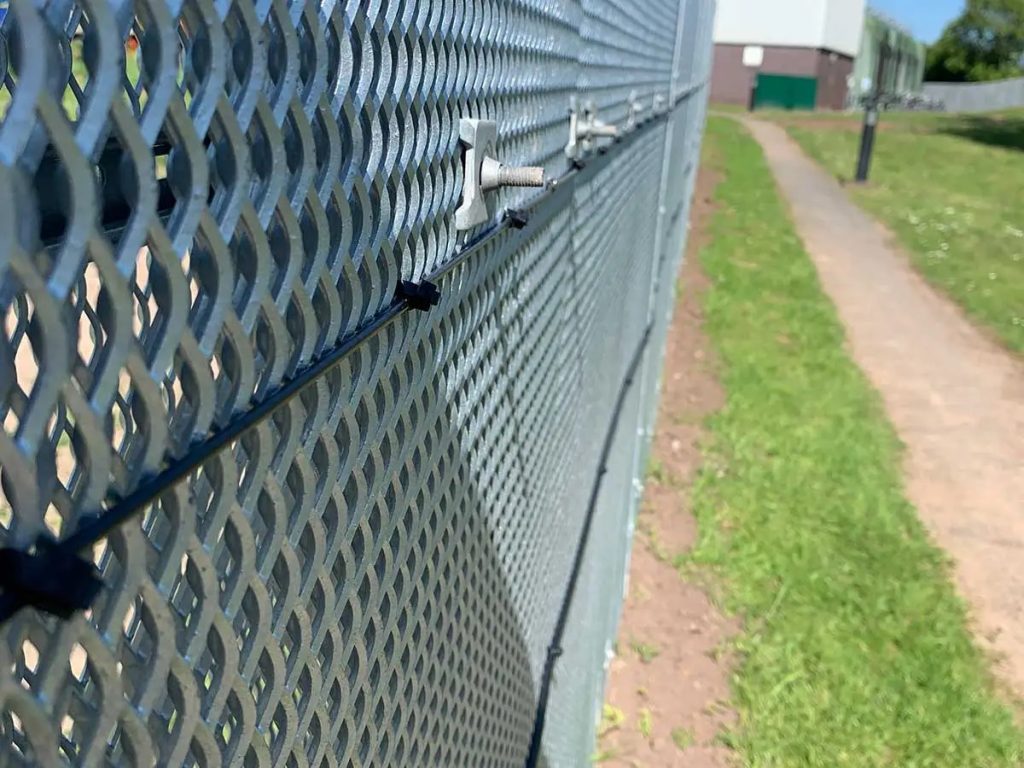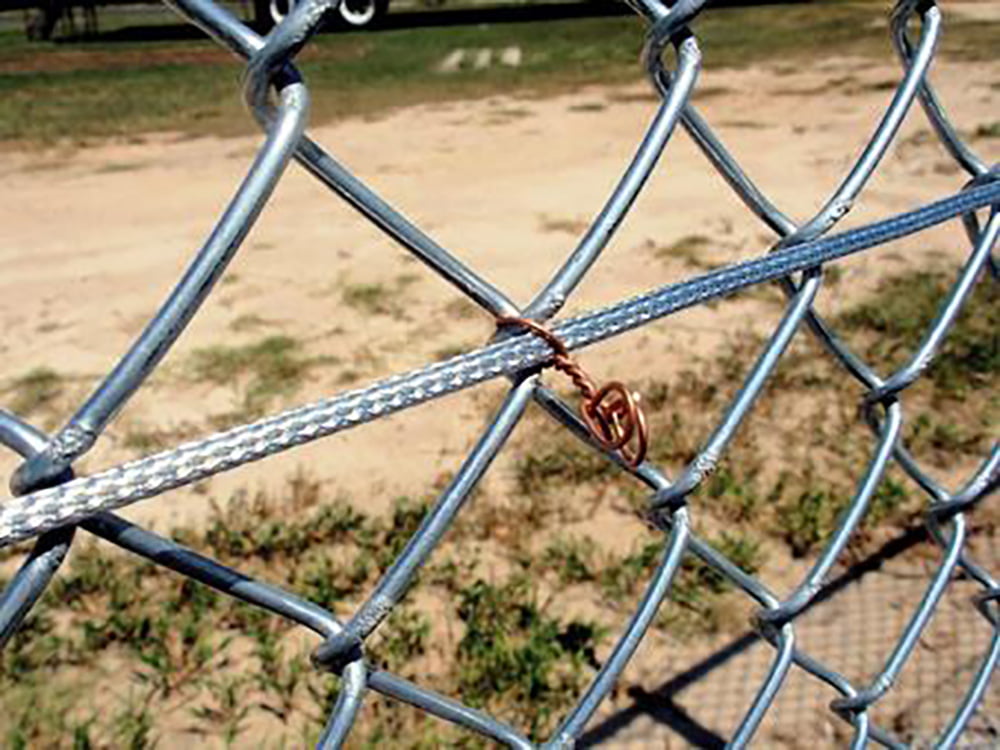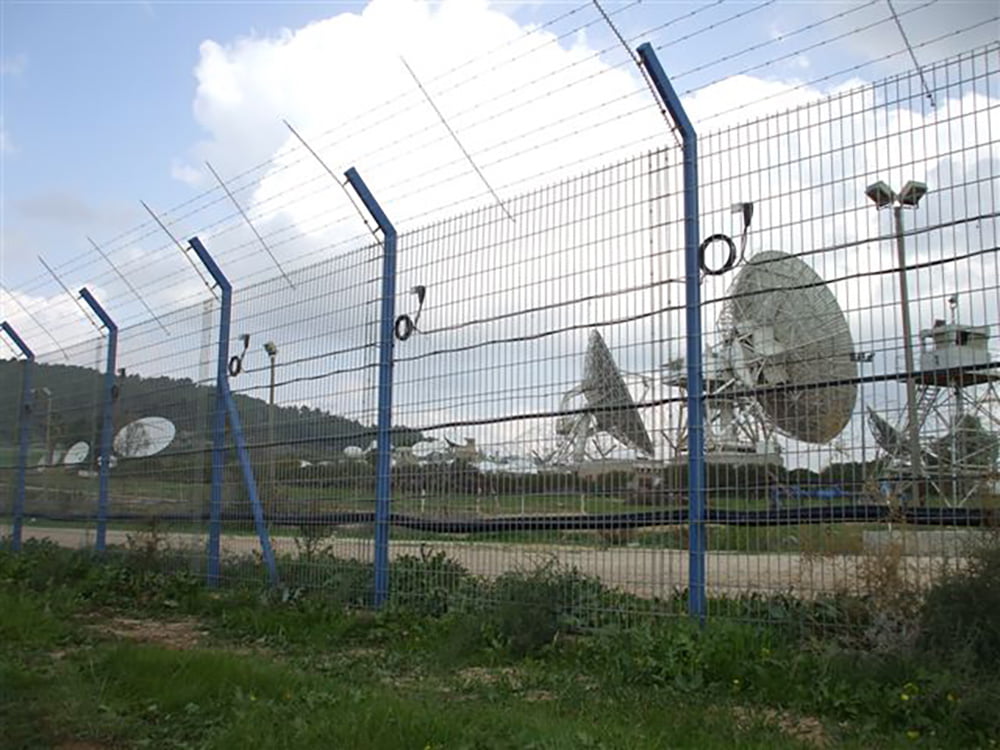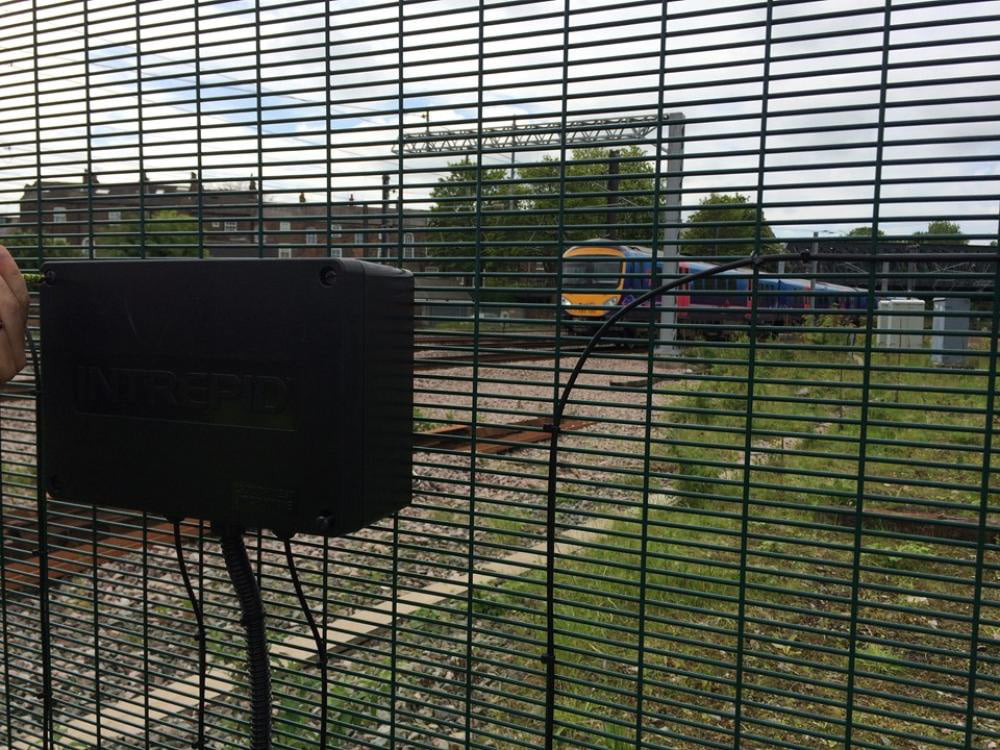Contents
A NEW fence intrusion solution from SouthWest Microwave offers security managers and installers a solution that gives high security in a package that takes advantage of the latest management software to give serious flexibility.
The core of the system is MicroPoint cable that is wrapped or tied to fences where it detects intrusion and reports to remote sensing and processing modules that report to a monitoring PC running the system’s software.
Fence Intrusion System Mechanics
SouthWest’s MicroPoint fence intrusion and disturbance sensor and processor is a smart device that uses the latest processing technology to pinpoint intrusion in multiple zones just 3m long. Intrepid offers this sort of resolution using a number of techniques, including time domain reflectometry which sees constant pulses fired from the processor travelling down the centre of a conductor and creating an electrical field within the cable. If the fence is disturbed by climbing, sense wires inside the able are subtly moved in relation to the electrical field and induce a measurable electrical pulse at the point of intrusion.

Importantly, MicroPoint is able to discriminate between fence intrusion and disturbances relating to climbing or cutting and the sort of environmental noise that ordinarily would lead to false alarms, including wind or heavy transport. The fence intrusion system uses what SouthWest describes as Point Impact (Spatial) Discrimination to divide a cable into 190 subcells of 1.1 metres and then compares events in subcells with what’s going on in adjacent subcells.
This allows the system to focus on local events while ignoring widespread prevailing conditions. The system also employs sensitivity leveling which is used to establish the response of the fence and create a baseline.
Control parameters can be adjusted during commissioning when the fence’s conditions and the system are being tuned to establish the optimum threshold. Each processor module can be set up to control 20 segments, with each one having different thresholds, detection levels and detection windows, with all calibration being software-based so there’s not need for cable adjustments in the field after installation.
Another important feature of the fence intrusion system is that the micropoint cable includes power as well as control signals, so there’s no need for building expensive power pits, with associated trenching. It’s worth noting that while Intrepid is based on MicroPoint cable, it’s also possible to integrate microwave sensors into the system to handle protection zones across open ground. Alarm reporting and displaysMaking management of Intrepid easier is the fact MicroPoint cable software interfaces directly to a PC via a modem interface and over PSTN lines so there’s no need for special control cabling.

In this way, the computer becomes the installation test set, graphic map and alarm monitoring display in a single multi-purpose workstation. In terms of setup, there’s a Windows-based installation program that does most the work for you, while a user-drawn site map is converted into a graphic annunciator map.
Importantly, no other map display is required. The GUI comes in 2 forms, Basic Map Monitor and Advanced Map Monitor, with the Basic Map front end designed to handle a single site, with location of alarms and other devices, alarm reports and user configurable graphics. Meanwhile the Advanced Map front end gives users all the same features as the simpler GUI but adds features like alarm tagging, user password log-on and multiple site maps in order to handle multiple remote sites.
Control Station
The controlling workstation can be located on a LAN or WAN and both versions of the software include operator authentication, with Advanced Map Monitor give preset levels for authorization of reports, access/secure zone status and control functions. Using the Advanced GUI, the alarm tagging feature lets operators tag alarms with up to 9 user-defined conditions which are shown at the bottom of the screen.
In the event of an alarm, the operator has to tag the cause of the alarm prior to it being reset. Alarm time, date and operator action are all logged and saved for viewing in the printed report. Map Monitor supports imported backdrops that are slotted into the Site Manager Drawing Tool – a function that offers icons for easy creation of detailed site drawings. The font, colour of items and details are all fully selectable.
Meanwhile, both Basic and Advanced Map Monitor give printed reports of alarm history, with basic offering time, date, zone and location, and Advanced giving additional tagging and log-on information. If you want to take monitoring to the next level, Southwest has a real time, Windows-based, security monitoring and control system that allows integration and management of a large number of security devices across multiple locations.
Perimeter Security Manager
The Perimeter Security Manager is a big, powerful solution that’s able to support all SouthWest’s perimeter detection sensors, including IntrepidMicroPoint cable. More importantly, the fence intrusion system integrates with third-party systems including CCTV cameras and DVRs via high-level interface. Features of perimeter Security Manager include things like plug and playintegration of security devices, intuitive icon-based GUI, redundant migratingserver, scalable Windows architecture, automated alarm handling capabilitiesand plenty more.











